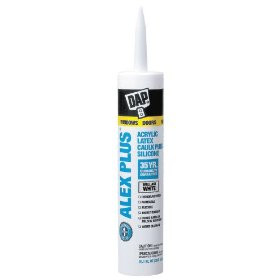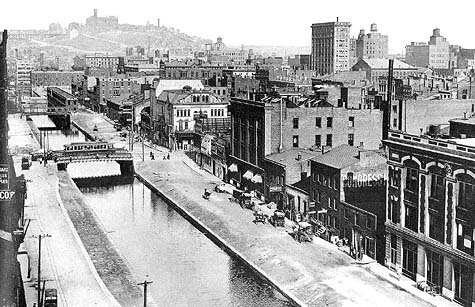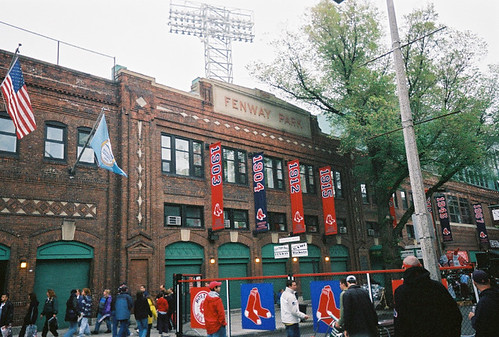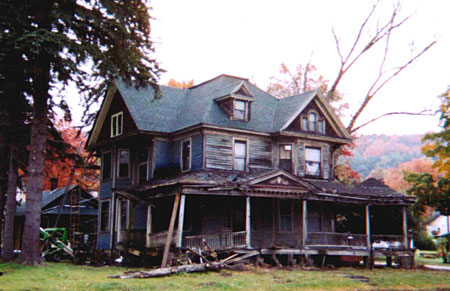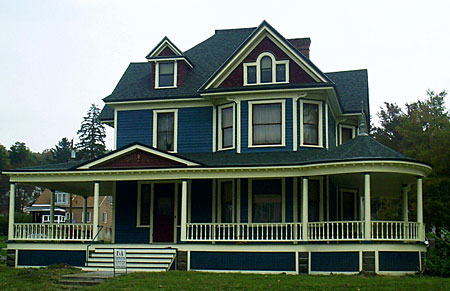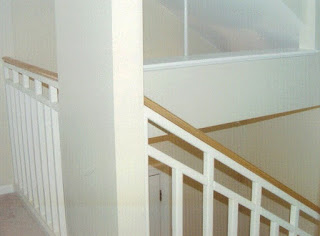Lloyd’s of London is well known for insuring
significant body parts of world-famous entertainers and celebrities. Rocker
Bruce Springsteen, model and television personality Heidi Klum, singer Dolly
Parton to name just a few. They’ve used the United Kingdom firm to provide them
with some extra piece of mind regarding the personal parts that they consider
their money makers. The things that help me earn my living are my pig’s
ears, and Lloyd's of London has been my insurance company for nearly all of my
projects.
People usually think I'm joking when I share
this, but it's a fact. Some things require special insurance, and as
it seems, my unwanted homes fall into this group. I don’t get as amused by this
fact as I used to, but opening the coverage envelope and seeing that famous
name on my policy still brings a little smile to my face.
Protecting your investment—no matter how much
the people around you question its value—is essential. Securing insurance
before you take ownership is a must and might initially seem a little
trickier than expected. A rehabbing newbie should not be surprised
when the high-profile insurance companies are ill-equipped to sell you
appropriate coverage for your project.
From my experience, the more commercials an
insurance company has on television, the less likely they'll be to sell you
coverage before you start hammering nails. They'll be more
inclined to explain that they can cover your property after you're
all finished, but until then they'll basically advise you that they have
nothing to offer.
Oftentimes, it comes down to livability.
You need to have two of the three systems in working order—plumbing,
electrical, and/or HVAC. However, if you’ve got only one or even
none, you can still connect with folks like those at Lloyd’s of London with the
help of an independent insurance firm. These smaller, local businesses will hook
you up with a policy so you can sleep as soundly as Bruce, Heidi, or Dolly. For
the last twenty years, Lloyd's of London has been one of the first,
although invisible, members of my team.
When I first started rehabbing, there weren’t
home flipper shows on TV. And back then, my lenders and insurers were content
with me having a Vacant Dwelling Policy until I received my Certificate of
Occupancy and moved in. Now, a VDP can cover you for a simple cosmetic reno,
but if the rehab is more fully involved, perhaps a pig’s ear and borderline uninhabitable,
you likely need a newer form of coverage: House Flipping Insurance.
Insurance companies now have Builder’s Risk Policies
that they’re selling to rehabbers and home flippers who are gutting the house
to the studs and/or making structural improvements. General contractors and any
subs you hire will have their own insurance, but if you’re doing work, the BRP
will cover your part; your work and materials along with plumbing and
electrical fixtures, plus even your tools and equipment.
And if you have any concerns about exposure of a
catastrophic injury or a death on your project, your insurance company can tack
on a general liability upgrade.
Also, before you make that initial call for a
quote, remember to think in terms of replacement value which means you're
just going to have to pull out the value of the land and think about how much any
and all buildings are worth. The insurance companies will gladly cover
you for an amount that includes the land, but you're not going to get that
money if the place burns to the ground. Cover the structures for your anticipated
end value or the sale price you’ll be aiming for.
And finally, don't be too surprised if an agent
representing a well-known company tries to sell you a policy with the subtle
expectation that you fudge a little on your plans. In an effort to make a sell,
agents might try to do a work-around, persuading you to sign off on a statement
about living on the property or renting it out… something that better matches
the criteria for one of their policies. Although this sounds like a solution, I
don't agree to this, and neither should you. It's a recipe for problems, because it
would get really hairy if something happened and you needed to file a claim.
Shoot straight and shop
around until you find a company that will write you up for what you need,
with your cards on the table. You may have to work the phone for an
hour or so and maybe spend a few extra dollars, but for me, it's still the best
way to go.








